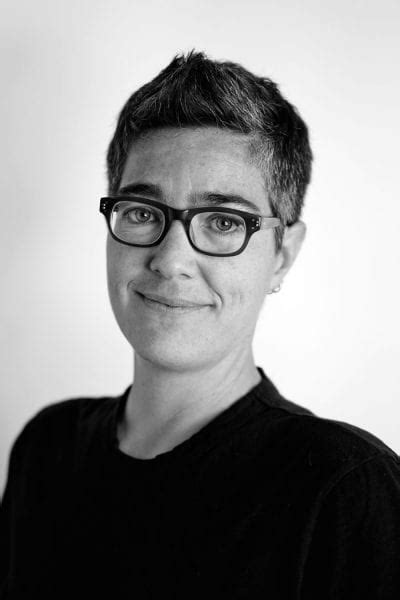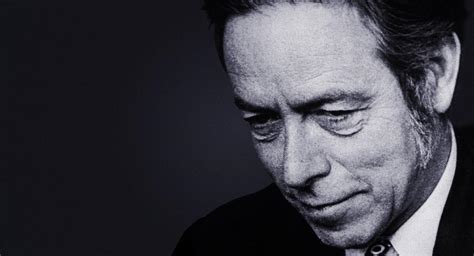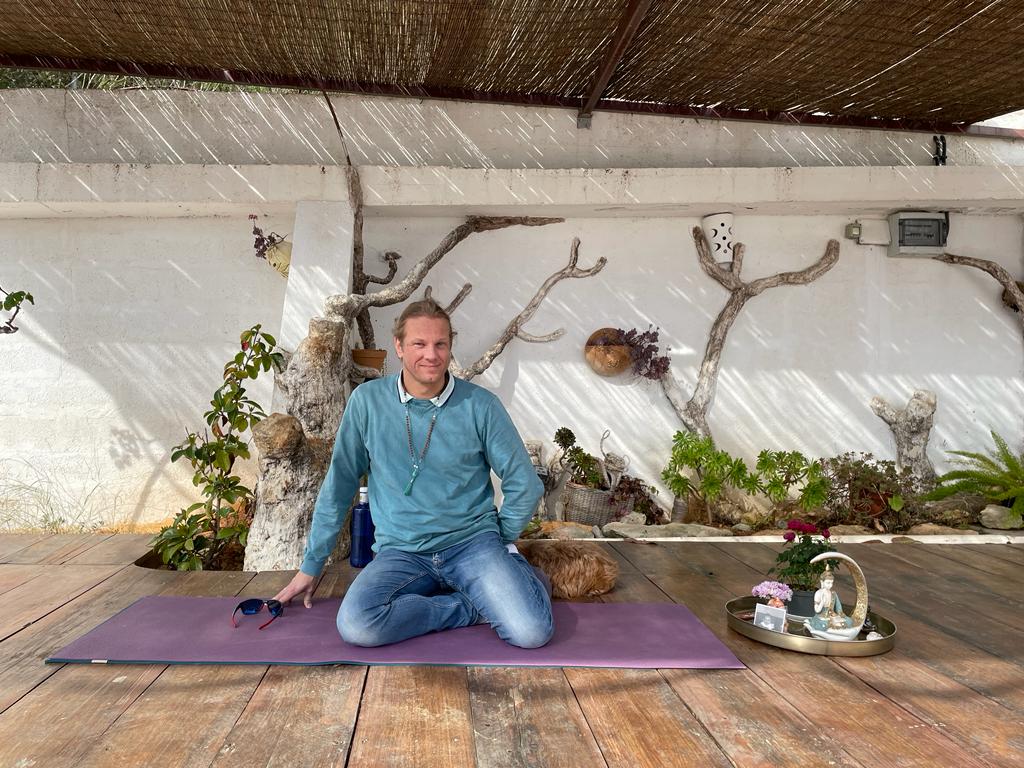"His breath curdles" is a line in Jenny George's poem Death Of A Child. I can’t imagine anything more horrifying than breath "curdling". The precision of that verb. The breath of a dying child in Jenny George’s hand: "to clot, congeal, change from a liquid into a thickened mass", according to dictionary entries; the vaporous quality of air stiffening, "little by little". Horror, pain and all-encompassing grief lived through and mesmerized into words. DEATH OF A CHILD This is how a child dies: little by little. His breath curdles. His hands soften, apricots heavy on their branches. I can’t explain it. I can’t explain it. On the walk back to the car even the stones in the yards are burning. Far overhead in the dead orchard of space a star explodes and then collapses into a black door. This is the afterlife, but I’m not dead. I’m just here in this field. Source: Jenny George, The Dream Of Reason, Copper Canyon Press, 2018 Etymological Source: https://www.etymonline.com/search?q=to+curdle
Isn’t the air also a body, moving?
Isn’t the air also a body, moving? is a poem by Pulitzer Prize-winning poet Natalie Diaz. It was originally published as part of a dialogue with fellow poet Ada Limón in the New Yorker with the surtitle “Envelopes of Air”. In Natalie Diaz's poem, air is seen as an entity that moves inside and outside the body, as well as between bodies. It creates an embodied space in which spoken and unspoken communication unfolds in both the personal and interpersonal realms.Read More
It’s hard to breathe, isn’t it?
One of my favourite comedy series Grace and Frankie is about two older women who have hated each other since they can remember, becoming friends. The series opens with Grace’s husband Robert and Frankie’s husband Sol telling their respective wives that they want to divorce them and marry each other. In the morning following this revelation and subsequent upheaval of everybody’s lives, there is a wonderful juxtaposition of two “breathing scenes”: Grace and Frankie sitting dishevelled and slumped over at the kitchen table, and Robert and Sol lying in bed, waking up to their new life together.
Read MoreThere are two breaths
I spent a week in June this year at the International Sufi Summer School 2023 with heart opening prayers, chants and dances led by Neil Douglas-Klotz.
One of the lecture-meditations of Neil Douglas-Klotz was entirely about the breath. “What does my breath really mean?” he asked and went on to talk about how breathing always takes us to the question of where we begin and end; where breathing is happening within us and where breathing is happening beyond ourselves and how the two connect. These two breaths come together in what Neil Douglas-Klotz calls “the sacred breath”.
Read MoreThe unreadable air
I’d like to share the poem Air by Victoria Adukwei Bulley, a British writer and filmmaker of Ghanaian descent who is a rising star on the English language poetry scene. Air contains beautiful parables of breathing and poetry, giving shape to the relationship we have with ourselves through the breath as well as with all those we breathe together with, sharing the poem of life.
Read MoreBreathblooms
One of my favourite artists Patricia Piccinini explores „otherness“, or „sameness“, depending on which way you look at it, in uniquely visceral sculptures. For the virtual exhibition Breathblooms and Lighthavens she worked for the first time with glass blowing at a residency at Canberra Glassworks. Piccinini herself said of this experience:
“I have wanted to work with glass forever, and these new sculptures are a wonderful opportunity for me to explore its elemental materiality. The fecund imagery of seeds and blossoms is played out against the paradoxical transparent solidity of these amorphous objects. These are objects that suggest the beginning of something, forms caught in the process of coalescing, animated by breath but frozen in the moment.”
Read MoreOn being continuous
By virtue of a Facebook feed, I’ve become re-acquainted with the work of spiritual philosopher Alan Watts. Every day I now see a post by Alan Watts fans. I was particularly struck by how succinctly Watts described the continuous nature of our inner and outer environments, most palpably perceived through breathing. We do not only breathe in air but our whole environment in that we receive it consciously or unconsciously, and we do not only breathe out air but our whole inner environment in that we consciously let it go or it unconsciously leaves us. It is a matter of influence, of flowing into something. Everything without us is flowing into us, and everything within us is flowing into what is without.
Alan Watts’s quote also acts as a continual reminder that our natural environment as humans, as mammals, is nature, and it is strange to remember, writing on my laptop, that we are nature ourselves.
Sufi Elemental Healing Breath
At an international Sufi retreat in September last year at Haus Ananda, I was delighted to experience the Sufi Elemental Healing Breath.
The Sufi Elemental Healing Breaths consist of a sequence of five types of breaths, each pertaining to the elements earth, water, fire, air, and ether. They were brought to the West by Professor Hazrat Inayat-Khan in the early 1900s. These elemental healing breaths cover all the different ways in which air can travel in and out of the body: breathing through the nose, breathing through the mouth, and a combination of both. Combined with paying attention to the sensation, the sound of the breath, and imagining the different elements, the elemental healing breaths connect human beings with nature within and without themselves.
Read MoreSoulbreath
I’ve just finished my first Soulbreath teacher training with Erno van Doesselaar. Soulbreath originally began with Norma Delaney whom Erno studied with for many years. I’d love to point you to a website of Norma Delaney, but I’ve found almost nothing on the internet about her, even though she died only recently, in 2020. She was an embodiment of the original masters who simply attract students with their practice and by word of mouth. Norma Delaney called her teaching Compassionate Breath or New Breath, and Erno developed this teaching further by combining it with his own meditation and Yoga Nidra experience to create Soulbreath.
Read MoreThe lungs still warm and full of breath
The fascinating novel Breath by Michael Symmons Roberts reads less of a story to me than a series of juxtapositions of once-in-a-lifetime experiences: a father loses a son in an accident, an elderly man waits for a lung transplant and a pilot is on her first solo organ transport flight across an unspecified war torn country. Even though the events unfold mostly in chronological order – with intermittent flashbacks – we often don’t quite know where we are, which character’s world we enter with each new chapter, which side of the country we’re in – the North or the South – and yet, it all seems disturbingly familiar. And thus, as we do in our own lives, we pick up the clues and figure things out as we go along.
The breath and its organ, the lungs, appear in many interesting forms, for example when the father looks at his dead son’s body, wondering if “he should place a hand on the lung and press it, pushing out the last breaths.”, while the elderly man is “dragging at the air to recover his breath”. And during the transport flight, the pilot imagines hearing the preserved lung of the boy speaking, “Maybe this is the vestigial voice of the boy, a residue of his voice lodged in his lung.”
Read More









